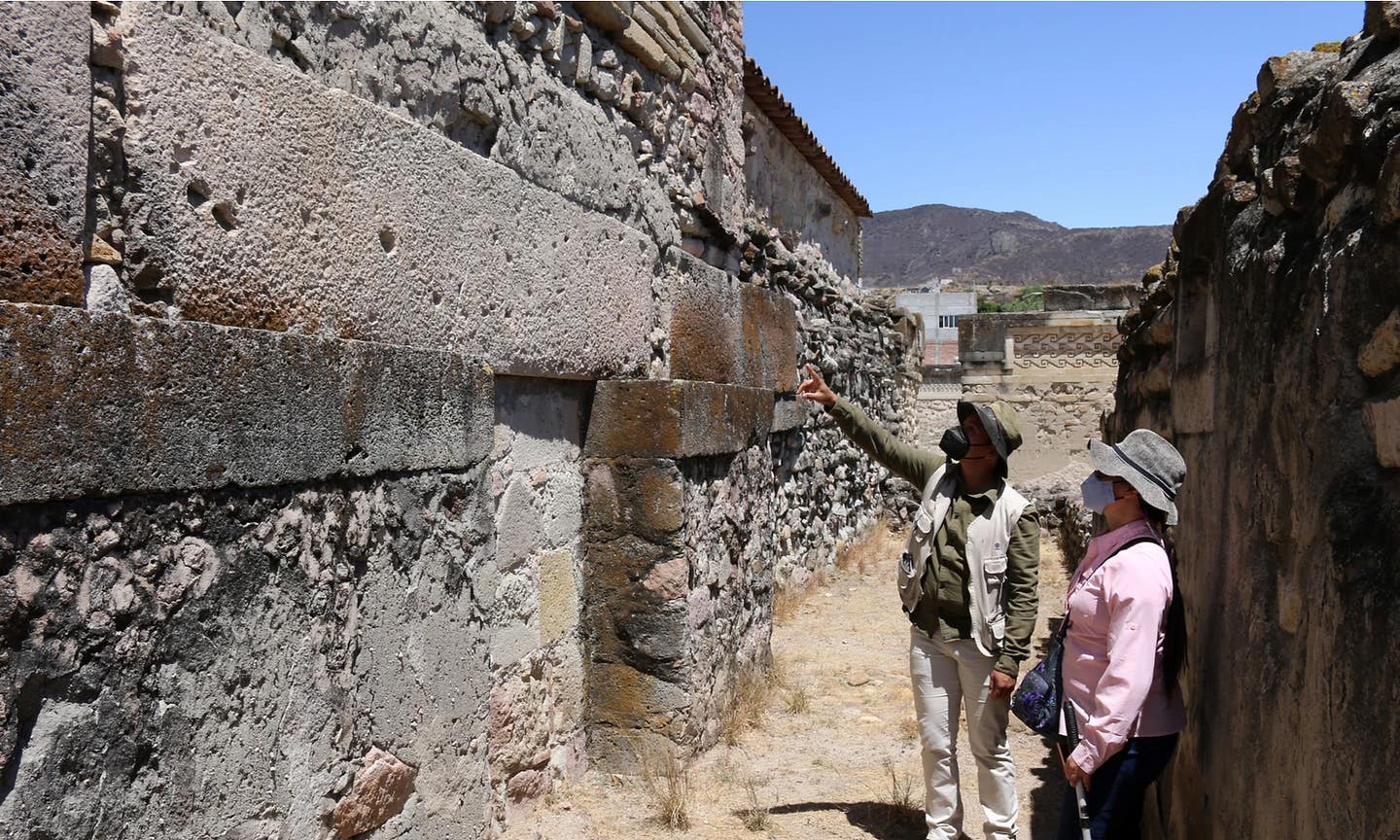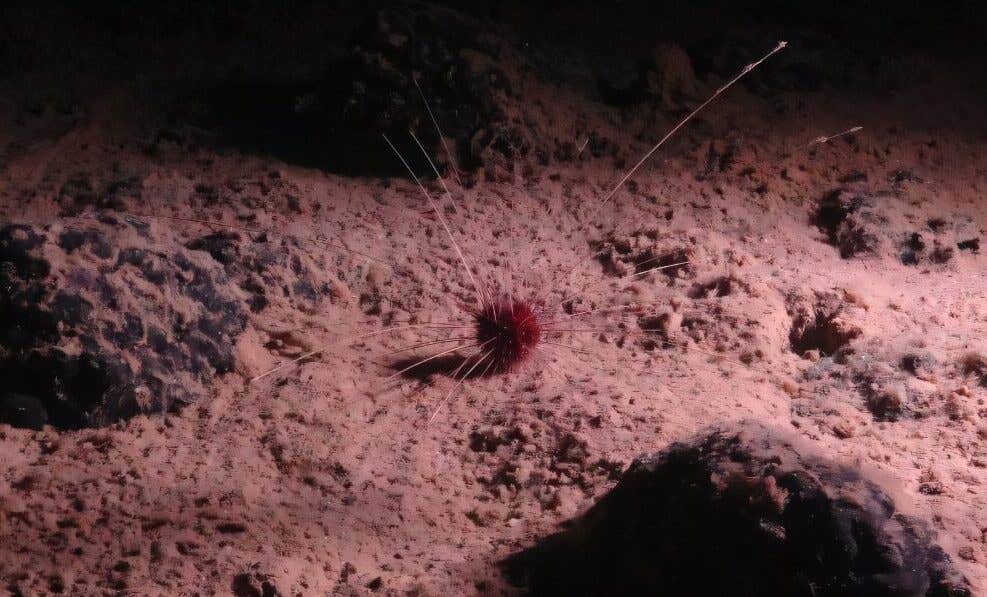Archaeologists discover the ruins of the ‘Backdoor to Hell’ in Mexico
Beneath an ancient church site lies a discovery that validates local legends: a system of caves and passages dubbed the “backdoor to hell”

The research team examining some huge monolithic lintels and blocked up doorways underneath the Church of Mitla. (CREDIT: Marco M. Vigato, ARX Project)
Beneath an ancient Church Group site lies a discovery that validates local legends: a complex system of caves and passages dubbed the "backdoor to Hell."
Located within the renowned Mitla ruins in the southern Mexican state of Oaxaca, this finding was made possible through the collaborative efforts of Project Lyobaa, a joint venture involving the nonprofit Archeology Research and Exploration (ARX) Project, the Mexican National Institute of History and Anthropology (INAH), and the National Autonomous University of Mexico.
Combining ancient lore with modern technology, Project Lyobaa embarked on a quest to uncover the truth behind the mythical entrance to the underworld. References dating back to 1674 by Francisco de Burgoa, a Dominican chronicler, recounted the exploration of subterranean temples by Spanish missionaries.
Among their discoveries were tombs of Teozepotlan priests and kings, culminating in the encounter with a stone door leading to a cavern stretching as deep as 90 miles into the Earth—a feat seemingly impossible.
This discovery sparked fear among the missionaries, who interpreted it as a literal gateway to Hell, prompting them to seal off the underground labyrinth. Centuries later, Project Lyobaa sought to validate these claims using advanced technology.
Utilizing ground-penetrating radar, electrical resistivity tomography, and seismic noise tomography, the team achieved a breakthrough in underground mapping.
For the first time in Mexico, these methods combined to produce an accurate 3D model of the subterranean landscape beneath the Church Group site at Mitla.
Related Stories
Confirming the existence of extensive chambers and tunnels aligning with colonial documents and local traditions, Project Lyobaa's findings shed new light on the history of the Mitla ruins.
Among the discoveries was evidence of an earlier construction stage of the Palace of the Columns, enhancing our understanding of this archaeological site renowned for its five distinct groupings of buildings.
Intriguingly, the team uncovered a large void beneath the main altar of the Catholic church, seemingly connected to a geophysical anomaly to the north. Further analysis revealed two east-west passages situated 16 to 26 feet below ground, offering a glimpse into the intricate underground construction.
According to the team, the arrangement of chambers and tunnels beneath the church demonstrates a complexity surpassing those found elsewhere on the site. Moreover, the depth and orientation of these newly identified chambers suggest they may not have originally been connected to the surface buildings.
Despite these remarkable findings, the search for underground chambers at Mitla is ongoing. The ARX Project plans to resume exploration, targeting additional groups of buildings in the hopes of uncovering further secrets. However, there are no immediate plans to physically explore the depths of this intriguing "backdoor to Hell."
The discovery beneath the Church Group site at Mitla represents a fusion of ancient myth and modern science, offering tantalizing insights into Mexico's rich archaeological heritage.
As Project Lyobaa continues its quest for knowledge, the enigmatic allure of the "backdoor to Hell" serves as a reminder of the mysteries yet to be unveiled beneath our feet.
Note: Materials provided above by The Brighter Side of News. Content may be edited for style and length.
Like these kind of feel good stories? Get The Brighter Side of News' newsletter.



